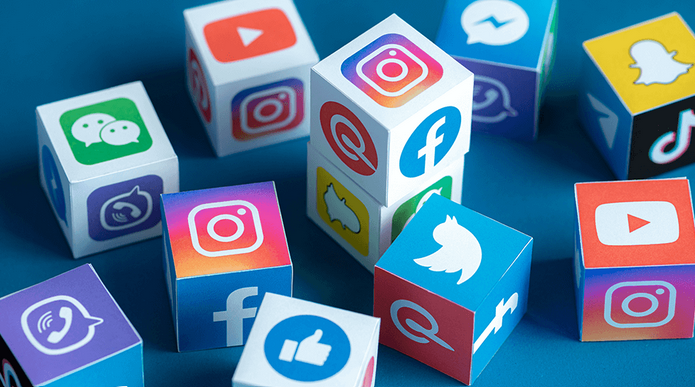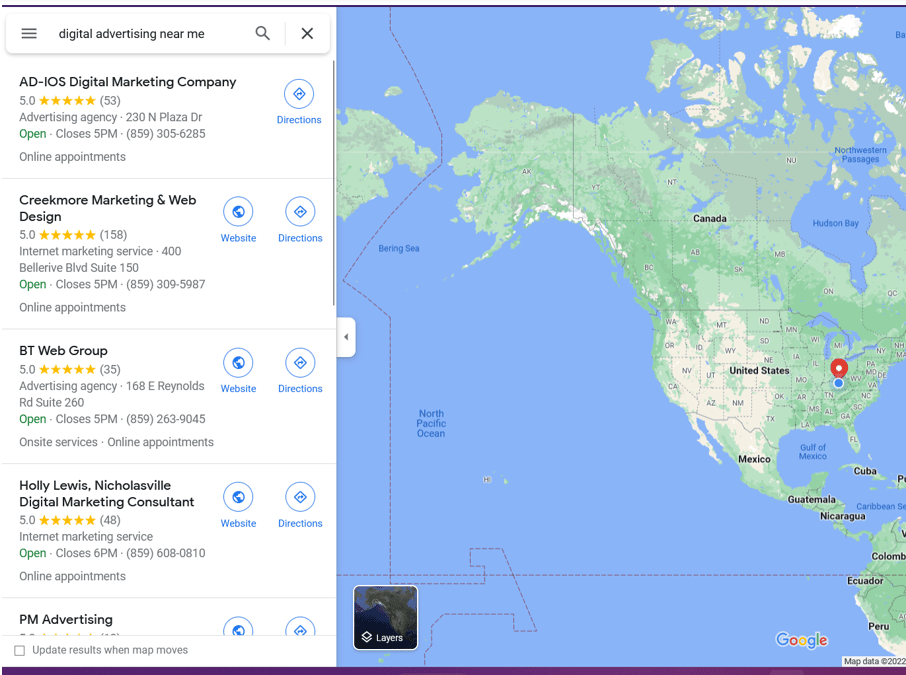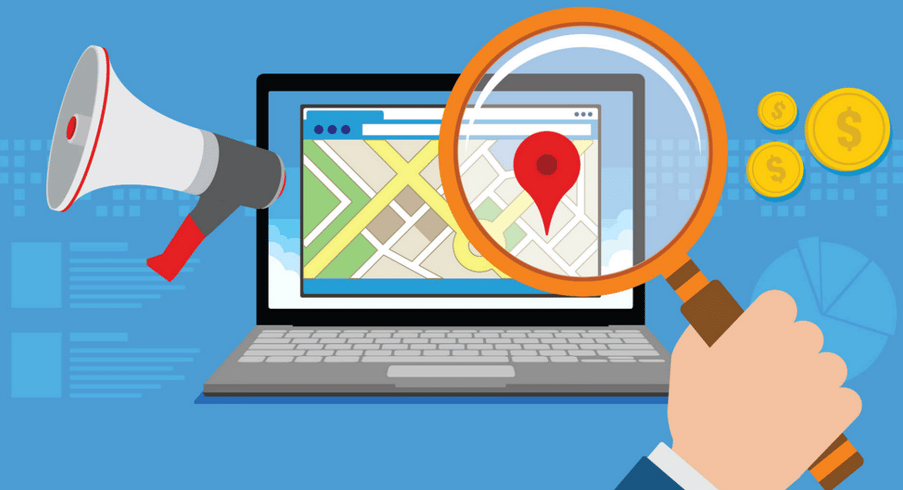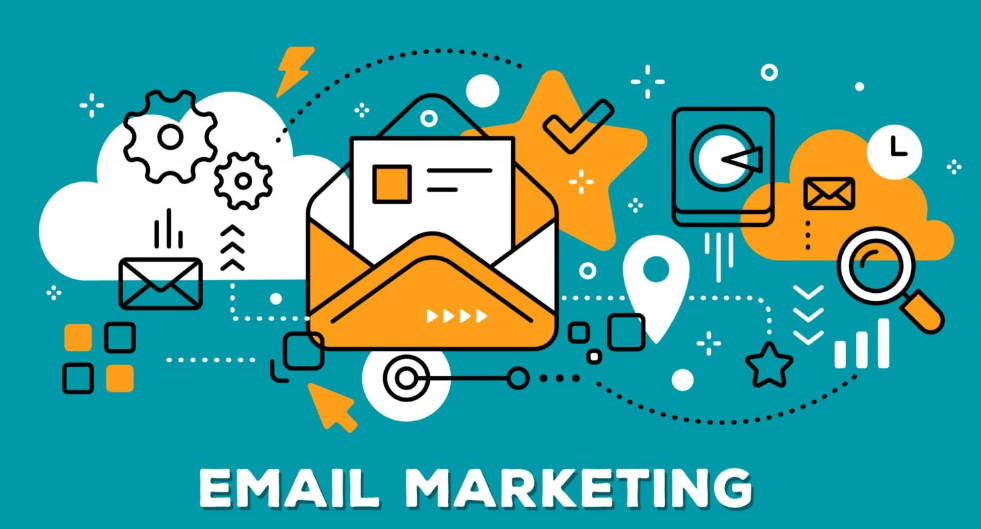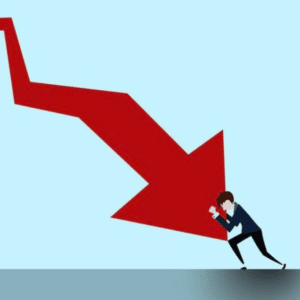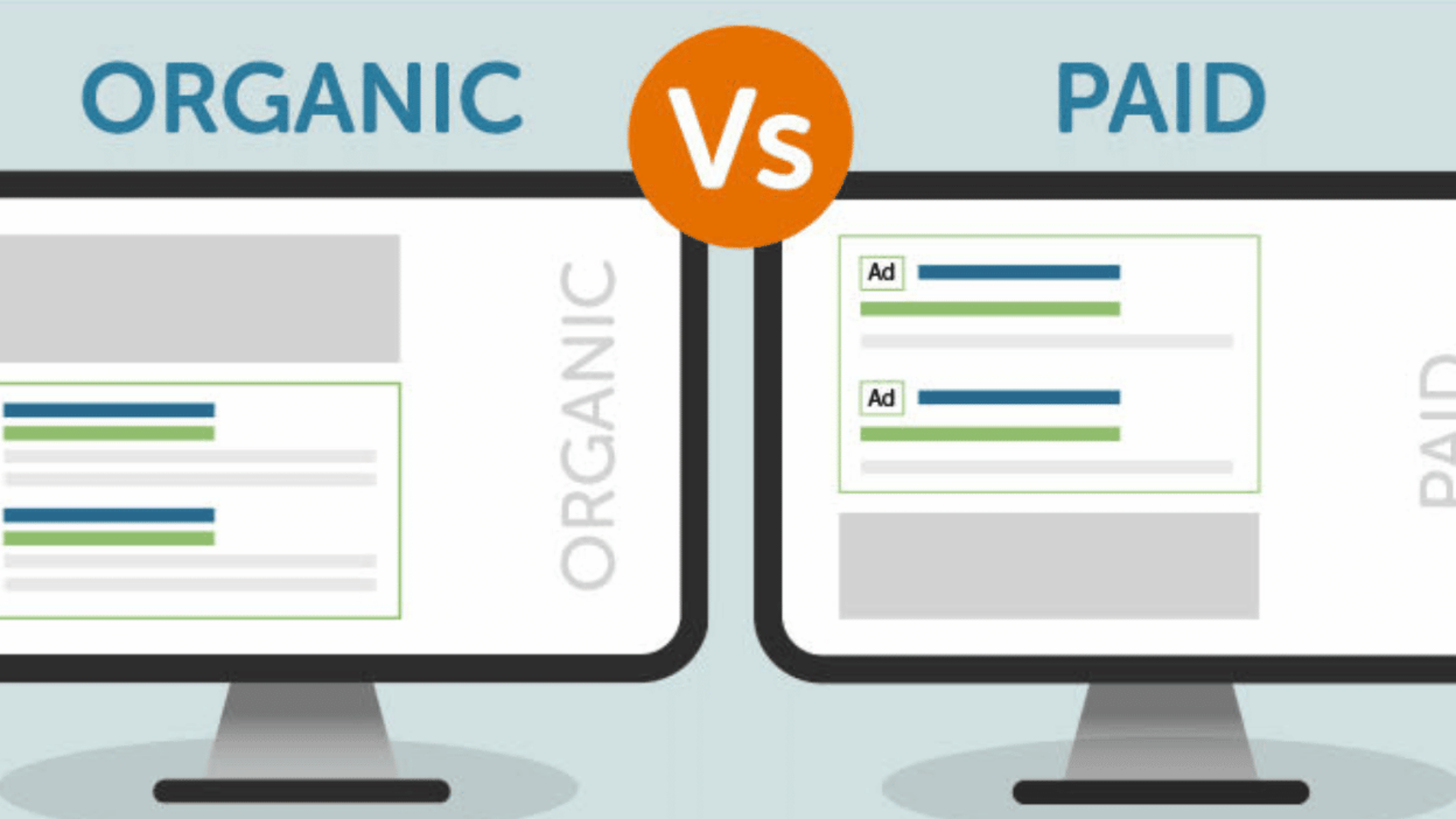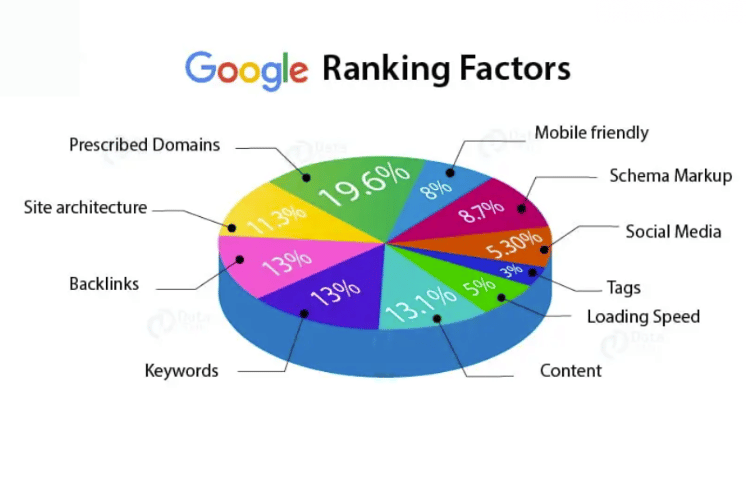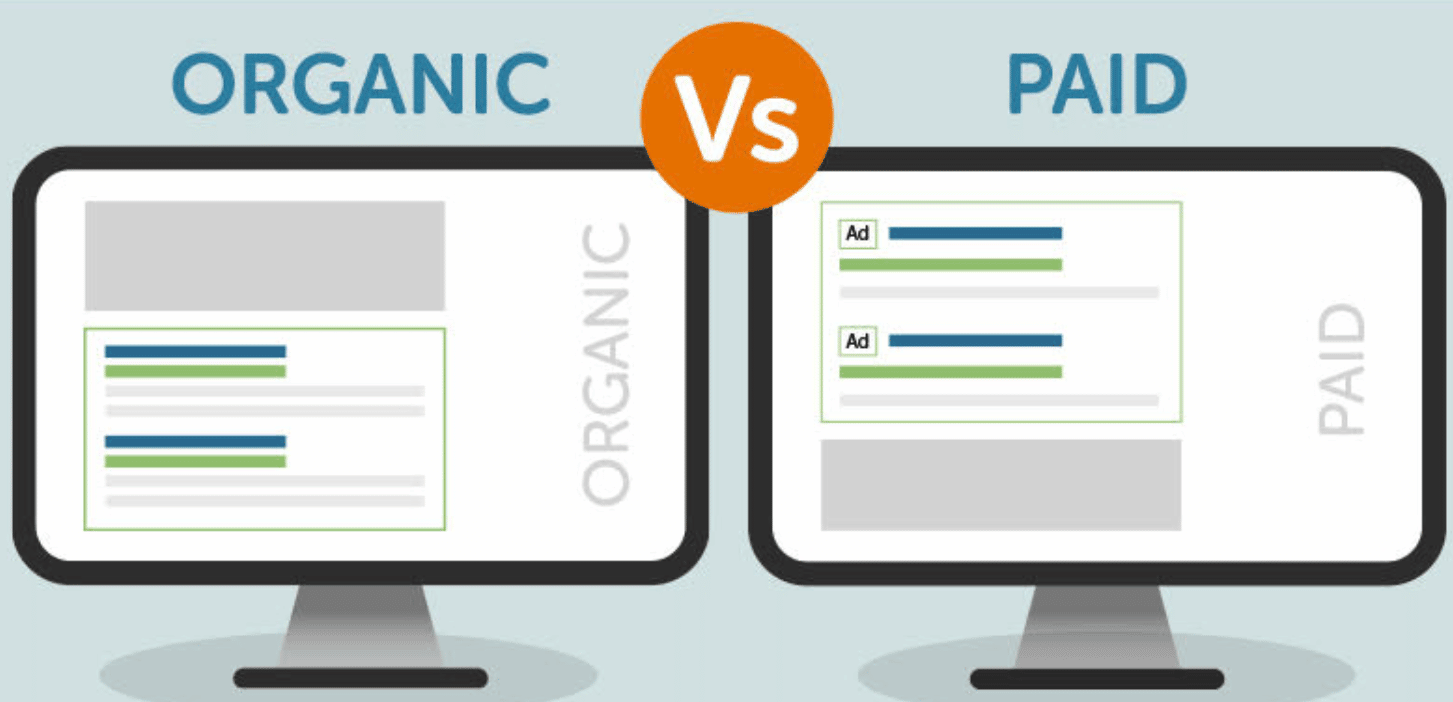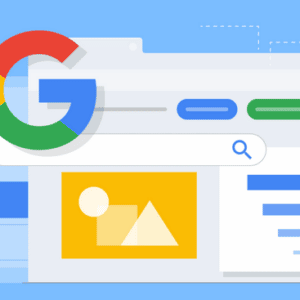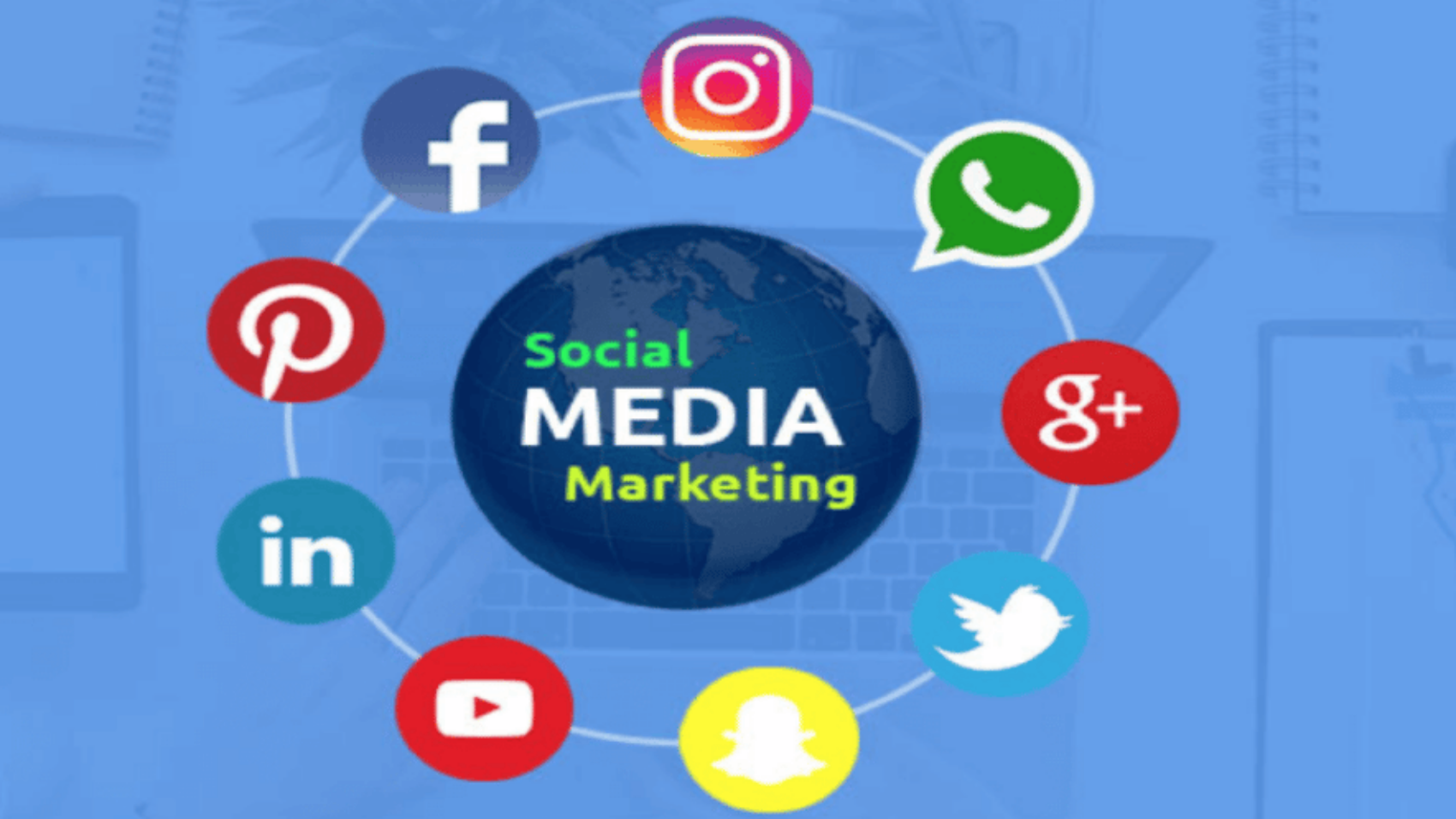7 Ways to Increase Engagement on Social Media
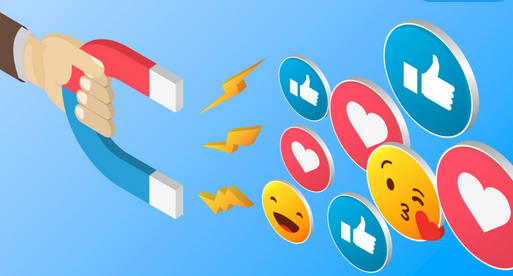
As a consumer, you’re probably used to being bombarded with content from every angle – but as a small business, it’s important to make sure that your content stands out from the crowd. If you’re an outdoor power equipment dealership looking to increase your social media engagement and reach, there are a few things you can do to make sure your content is up to par. Keep reading to learn more about how you can improve your social media presence!
The Keys of Engagement
- Tell A Story: People love stories that move them. It’s really easy to tell someone how great your brand or product is. People are tired of hearing it! Show your consumers how your product helps them solve a problem or issue in their life. Make your content more meaningful by telling stories to get your point across.
- Be Relevant: Consumers want the content they consume to be relevant to them. This resonates whether the content is happy, sad, realistic or drives anger. People like Meme’s because it draws attention to the things that people think, but don’t usually say out loud. A few ways to be certain that your content is relevant is to speak to customer’s pain points, follow current trends, appeal to their emotions and sharing personal experiences or challenges with the subject. Another way to find engaging content ideas is to look at your competitor’s social media accounts. What posts perform well? Which perform poorly?
- Promote User Generated Content: Create a social media challenge (or use a current trend) or contest to cultivate user generated content. Ask your customers to create content of them using the products or the way their lawn looks after using the lawnmower they bought from you.
- Employee Focused Content: Allow your employees to share a glimpse of their work life and what it is like to work for your dealership. Have an employee create videos educating customers on specific products and their features. But don’t force your employees to participate. This will show through in the content that is created. Encourage the employees most passionate and comfortable with social media content creation to participate.
- Share Customer Testimonials: Reviews and Reputation Management becomes increasingly important as we mover deeper into the digital era. 95% of Potential customers are researching brands and reading reviews before they even consider setting foot in your door. Sharing testimonials also helps you build trust with potential customers.
- Share Content from other Brands/Authorities in the Green Industry: There are several applications that do a great job of showcasing products from the manufacturers that you carry. You can also share articles and posts from industry experts and share your thoughts. This will give your audience a bit of a break from your brand, so they don’t get overwhelmed by your content.
- Create Behind the Scenes Content: Some consumers find it interesting how the process works. Sharing content of your staff unloading inventory into your showroom or getting the show room ready for the day can be an interesting way to showcase your business. Giving consumers a behind-the-scenes look of life behind the counter can also make your business more relatable and understandable.
- Use Hashtags (Correctly): A hashtag (#) is used to index keywords and topics on social media channels. Essentially, the hashtags that you use will allow the platform to properly categorize and distribute your content in the various types of feeds. In short, Hashtags make your content more discoverable. You want to make sure that the hashtags that you use are relevant, popular and add understanding or context to your content. There are many free keyword research tools that you can use to find the most widely viewed hashtags for your topics. Most platforms will allow you to use up to 30 hashtags. Do so but do it wisely.
Frequently Asked Questions About Social Media Engagement
Why is Social Media engagement important?
Engagement is a ranking signal on all social media platforms. If people engage with your content, the algorithm will see that content as interesting and valuable, and surface it to more users. This means that social media engagement can help you grow your social accounts and reach more people. Engagement also helps to build relationships with potential and current customers, which can lead to more sales and conversions.
What is considered a “good” engagement rate?
Anything between 1-5% is considered “good”. You will want to look at your social media analytics and see what your historic engagement rate is, so that you will know when you have increased it.
How do I calculate my engagement rate?
You can calculate your social media engagement rate by dividing the number of public interactions with a post by the number of account followers and multiply it by 100. For Example, if your last post had 75 likes and your account has 300 followers- Your engagement rate would be 75/300 X 100 = 25%. Most social media platforms will calculate this for you in their analytics section.
Why should I care about my engagement rate?
Keep these insights in mind as you fine-tune your strategy to reflect your target market’s taste, interests, and expectations more accurately.
Keep it Consistent
There’s a myth that creating great content takes a lot of money and it is time consuming. It doesn’t have to be. When used correctly and in unison with other strategies, you will have more time for other areas of your business that need your attention. When you increase your engagement, you will also increase your leads and ultimately, sales. Your customer retention and loyalty will also increase. The most certain way to increase your social media engagement is to be consistent with your posts. Your followers will come to expect to see your content, so you need to make sure that you have a steady flow of great content in que.
Don’t have the time for content creation and posting on social media? We can help! Contact Us Today and let’s talk about how we can help you grow your business! Follow us on Facebook and Instagram to keep up with all the latest news!




